Narratives in Charts: Building a Fact Book in Seven Weeks
Type of Presentation
Individual paper/presentation (20 minute presentation)
Target Audience
Higher Education
Location
PARB 128
Abstract
Within information literacy, visualizing data requires understanding qualitative and quantitative information as a form of narrative. Using visuals, text, and numbers, data visualizations convey a story—about parts of a whole, as in pie charts, or variables over time, as in line graphs (Wainer, 2005). While readings (Yau, 2013) and in-class activities exist to teach students to focus on the data in their data visualizations (Wolfe, 2015), students require more training in visual and numerical literacies that build into a larger narrative than a single chart or infographic. Fact books, like those detailing demographic data at colleges and universities across the United States, give students the chance to practice building many different charts and graphs into a cohesive narrative.
In this presentation, I discuss seven-week unit on building fact books in a course about data visualization. This unit teaches students to analyze, evaluate, and create twelve different charts and graphs about a single data set, then assemble them into a fact book about their subject. First, I detail the unit's learning objectives. Next, I showcase the basic course structure, with chart definitions and discussions during the first half of each week, and practice building charts during the second. Third, I outline the production process for students to assemble their charts into a narratively compelling book. Attendees will learn to scaffold data literacy, the interplay between text and graphics, and singular and overarching narratives to enable students’ learning.
Presentation Description
First, I detail the unit's learning objectives. Next, I show the basic course structure, with chart definitions and discussions during the first half of each week, and practice building charts during the second. Third, I outline the production process for students to assemble their charts into a narratively compelling book. Attendees will learn to scaffold data literacy, the interplay between text and graphics, and singular and overarching narratives to enable students’ learning.
Session Goals
- Show interplay between qualitative and quantitative reasoning
- Describe unit within post-secondary class and give adaptations for other learning contexts
Keywords
Data visualization, narrative, data literacy, charts and graphs
Publication Type and Release Option
Presentation (Open Access)
Recommended Citation
Doan, Sara, "Narratives in Charts: Building a Fact Book in Seven Weeks" (2020). Georgia International Conference on Information Literacy. 63.
https://digitalcommons.georgiasouthern.edu/gaintlit/2020/2020/63
Narratives in Charts: Building a Fact Book in Seven Weeks
PARB 128
Within information literacy, visualizing data requires understanding qualitative and quantitative information as a form of narrative. Using visuals, text, and numbers, data visualizations convey a story—about parts of a whole, as in pie charts, or variables over time, as in line graphs (Wainer, 2005). While readings (Yau, 2013) and in-class activities exist to teach students to focus on the data in their data visualizations (Wolfe, 2015), students require more training in visual and numerical literacies that build into a larger narrative than a single chart or infographic. Fact books, like those detailing demographic data at colleges and universities across the United States, give students the chance to practice building many different charts and graphs into a cohesive narrative.
In this presentation, I discuss seven-week unit on building fact books in a course about data visualization. This unit teaches students to analyze, evaluate, and create twelve different charts and graphs about a single data set, then assemble them into a fact book about their subject. First, I detail the unit's learning objectives. Next, I showcase the basic course structure, with chart definitions and discussions during the first half of each week, and practice building charts during the second. Third, I outline the production process for students to assemble their charts into a narratively compelling book. Attendees will learn to scaffold data literacy, the interplay between text and graphics, and singular and overarching narratives to enable students’ learning.

